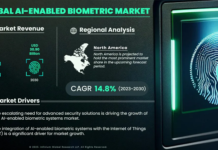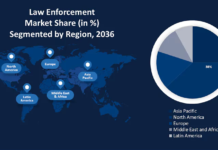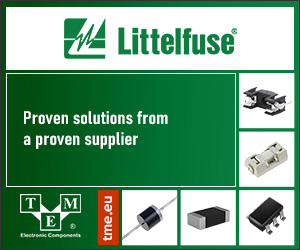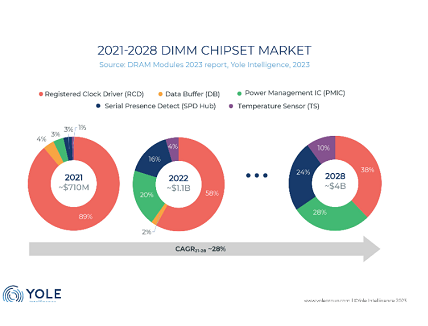
Despite a grim short-term outlook, the DRAM Modules market will reach ~US$96 billion in 2028
The DRAM market is cyclical in nature. It is characterized by periods of shortages and oversupply that give rise to significant price variations and revenue volatility. After an abrupt decline in 2019 followed by two positive years in 2020 and 2021, the DRAM market rapidly entered a new downward phase in the second half of 2022. Multiple factors, including geopolitical tensions and global inflation – which worsened consumer economic sentiment – have weakened DRAM-bit demand, accelerating the shift into oversupply. As a significant segment of the DRAM market, DRAM modules are not spared from such macro trends.
Diego Alfaro, Ph.D.,Technology & Market Analyst Memory, part of the Semiconductor & Software division at Yole Intelligence, part of Yole Group, “For 2022, we estimate a -36% YoY decline in the PC-module market, which decreased from ~US$10.3 billion in 2021 to ~US$6.6 billion in 2022. For server modules, the market dynamics are better. We estimate a moderate YoY revenue growth of 0.4% to ~US$33.1 billion in 2022. The total DRAM-module market will increase from ~US$42 billion in 2022 to ~US$96.3 billion in 2028, with a CAGR22-28 of ~16%. This increase is mainly due to the impressive growth of server modules.”
In this context, Yole Intelligence released its brand-new memory report, DRAM Modules 2023. With this Annual Report, the company, part of Yole Group, offers a detailed technology and market analysis of DIMM s for servers and personal computers. Including market forecasts, market and technology trends, and a supply chain analysis, this new study delivers an in-depth analysis of DRAM-module technologies and their markets as a function of the interfaces and the module types. Each new DDR generation has offered improvements in terms of capacity, data rate, and power consumption. However, at the same time, new signal integrity challenges have emerged for module designers, making it harder to reach higher module capacities at higher speeds. To solve these issues, specific on-DIMM chips are needed.
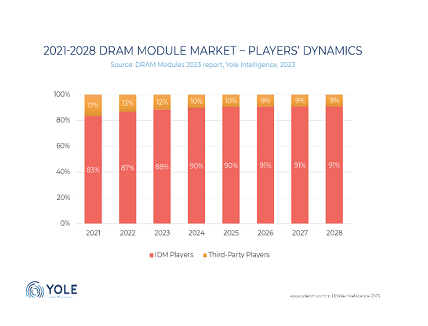

Simone Bertolazzi, Ph.D.,Senior Technology & Market Analyst within the Semiconductor & Software division at Yole Intelligence, “The number of DIMM chips per module has increased with the most recent DDR generations. The on-module chipset includes RCD , DB , PMIC , SPD Hub, and temperature-sensor chips for the most advanced modules. The DDR5 penetration will lead to a DIMM chipset market of about ~US$4 billion in 2028 with a CAGR21-28 of ~28%. DDR5 is now ramping up and is expected to overtake DDR4 by 2024 in terms of market share.”
DRAM Modules & DIMM Chipsets Market
For more information on DRAM Modules & DIMM Chipsets Market visit: www.yolegroup.com.






